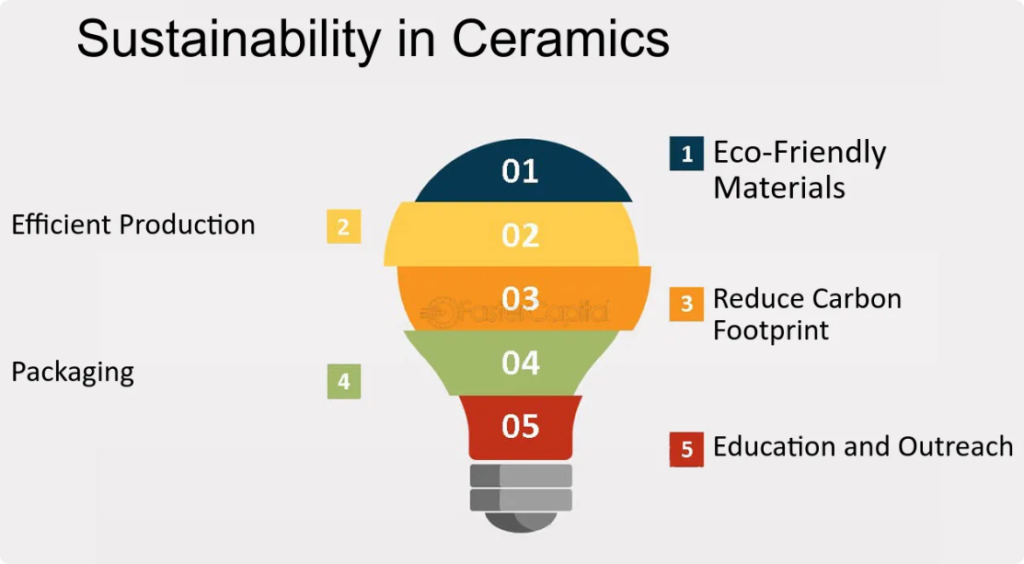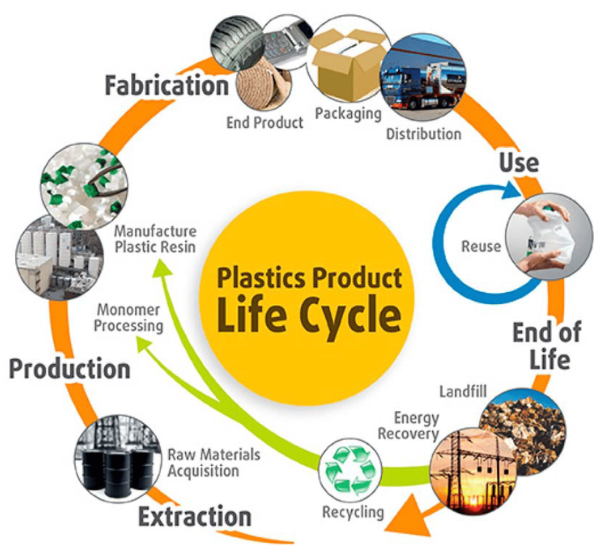Ceramic bowls have been a staple in kitchens worldwide for centuries, offering a timeless aesthetic, unmatched functionality, and durability. On the other hand, plastic bowls have surged in popularity due to their affordability and convenience. However, when considering factors such as safety, sustainability, aesthetics, and usability, ceramic bowls often emerge as the superior choice. This blog will explore the reasons why ceramic bowls are better than plastic for serving, providing in-depth analysis, comparisons, and actionable insights for global kitchenware buyers.

1. Safety and Health Considerations
Ceramic Bowls: A Health-Conscious Choice
Ceramic bowls are made from natural materials, typically clay, that is fired at high temperatures. This process ensures:
- Non-toxicity: High-quality ceramic glazes are lead-free and non-toxic.
- Resistance to chemical leaching: Unlike plastics, ceramics do not release harmful chemicals, even when exposed to heat.
- Allergen-free surfaces: Ceramics are hypoallergenic and safe for sensitive individuals.
Plastic Bowls: Potential Health Risks
Plastic bowls are often made with synthetic polymers that can pose health risks:
- Chemical leaching: Plastics, especially when heated, can release bisphenol A (BPA) and phthalates, which are endocrine disruptors.
- Absorption of odors and stains: Porous plastic surfaces can harbor bacteria over time.
- Environmental microplastics: Scratched plastic bowls can release tiny particles that are ingested over time.
International Ceramic Federation (ICF) Reports

2. Durability and Longevity
Ceramic Bowls: Built to Last
Ceramic bowls are inherently durable when handled properly:
- Scratch resistance: Unlike plastic, ceramics resist scratches from cutlery and washing.
- Heat tolerance: Ideal for oven-to-table use, ceramic bowls can withstand high temperatures without warping or melting.
- Longevity: With proper care, ceramic bowls can last for decades, making them a cost-effective choice in the long run.
Plastic Bowls: Short-Lived Utility
While plastic bowls are lightweight and convenient, they lack durability:
- Low heat resistance: Plastics can warp or melt under high temperatures, limiting their use.
- Prone to wear: Frequent washing and usage can lead to discoloration, cracks, and scratches.
- Environmental waste: The average lifespan of a plastic bowl is much shorter, leading to frequent replacements and higher environmental impact.
Lifecycle Analysis of Plastic Products

3. Sustainability and Environmental Impact
| Factor | Ceramic Bowls | Plastic Bowls |
|---|---|---|
| Material Source | Natural clay, a renewable resource | Petroleum-based, non-renewable |
| Production Process | High-energy kiln firing, but reusable for decades | Energy-intensive and produces toxic byproducts |
| Decomposition | Biodegradable, albeit slow | Non-biodegradable, takes centuries to break down |
| Recyclability | Can be recycled or repurposed into new ceramics | Limited recyclability, often downcycled |
| Waste Contribution | Minimal waste, long lifespan | Significant contribution to landfills |
4. Aesthetics and Presentation
Ceramic Bowls: Elevating Dining Experiences
Ceramic bowls offer a premium look and feel:
- Customizable designs: Available in various colors, patterns, and finishes to match any table setting.
- Natural elegance: Their weight and texture provide a sense of luxury and quality.
- Versatility: Suitable for casual and formal dining settings.
Plastic Bowls: Aesthetic Limitations
While functional, plastic bowls often lack sophistication:
- Basic appearance: Limited design options and a less refined finish.
- Color fading: Prolonged use can result in dull or uneven coloring.
- Perception: Often associated with lower quality, impacting the dining experience negatively.
5. Heat Retention and Serving Functionality
Ceramic Bowls: Superior Heat Retention
Ceramics are excellent insulators:
- Even heating: Perfect for serving hot dishes, as they retain and distribute heat evenly.
- Microwave and oven safe: Adds versatility for cooking and serving.
Plastic Bowls: Limited Use
Plastic bowls struggle with heat-related tasks:
- Poor heat retention: Contents cool quickly, reducing dining enjoyment.
- Microwave concerns: Many plastics are unsafe for microwave use due to chemical leaching and melting risks.
6. Cost vs. Value
While ceramic bowls may have a higher initial cost, their durability and aesthetic appeal often provide better value over time. Plastic bowls, while cheaper upfront, require more frequent replacements, resulting in higher long-term costs.
7. Conclusion
Choosing between ceramic and plastic bowls depends on priorities. However, for those seeking a healthier, more sustainable, and aesthetically pleasing option, ceramic bowls are the clear winner. Their long lifespan, versatility, and premium appearance make them ideal for both home and commercial use.
Key Takeaways:
- Health: Ceramics are safer and non-toxic compared to plastics.
- Durability: Ceramic bowls outlast plastic alternatives significantly.
- Sustainability: Ceramics contribute far less to environmental degradation.
- Presentation: Ceramics enhance the dining experience aesthetically and functionally.
For global kitchenware buyers, ceramic bowls are not just a serving tool—they are a statement of quality and care. Transitioning from plastic to ceramic bowls can elevate your product offerings and align with the growing demand for sustainable and premium kitchenware.
About EKA
EKA specializes in producing high-quality ceramic tableware, offering OEM and ODM services to meet diverse business needs. Our ceramics blend tradition with modern innovation, ensuring both functionality and style. Contact us today to explore how we can support your business goals.

